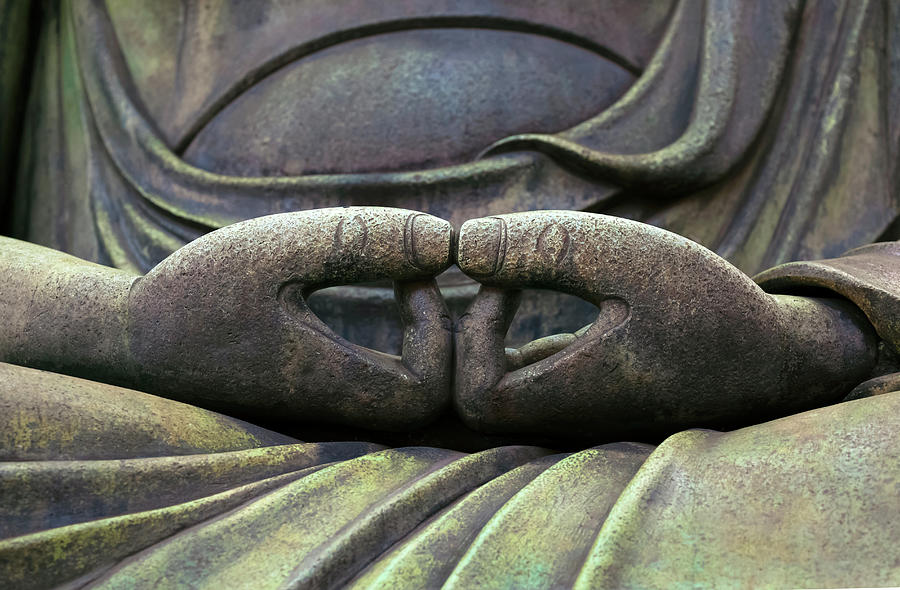
Japan, Kanto, Tokyo, Buddha's Hands Digital Art by Mark Thomas Fine
"Buddha's Hand" attracts visitors in Guangdong Oriental Image 2.16K subscribers Subscribe Subscribed 5.7K 1.2M views 3 years ago A woman dances at the internet-famous site of Gulong Canyon, which.

8 Buddha Hand Gestures (Mudras) and Their Meanings Owlcation
Buddha's hand fruit is edible. The best way to describe its flavor is that of a lemon peel, but without any sourness or bitterness. There is a hint of sweetness, though it's subtle. With no flesh, pulp, or seeds inside, the fingered citron is practically all rind. There's no juice or moisture as you experience with most fruits.

hands of buddha Free Photo Download FreeImages
The 'third eye' of the Buddha - a shining point or pearl in the middle of the forehead - symbolizes unity, balance, spiritual consciousness and enlightenment. Next to the Daibutsu are bronze lotus statues.
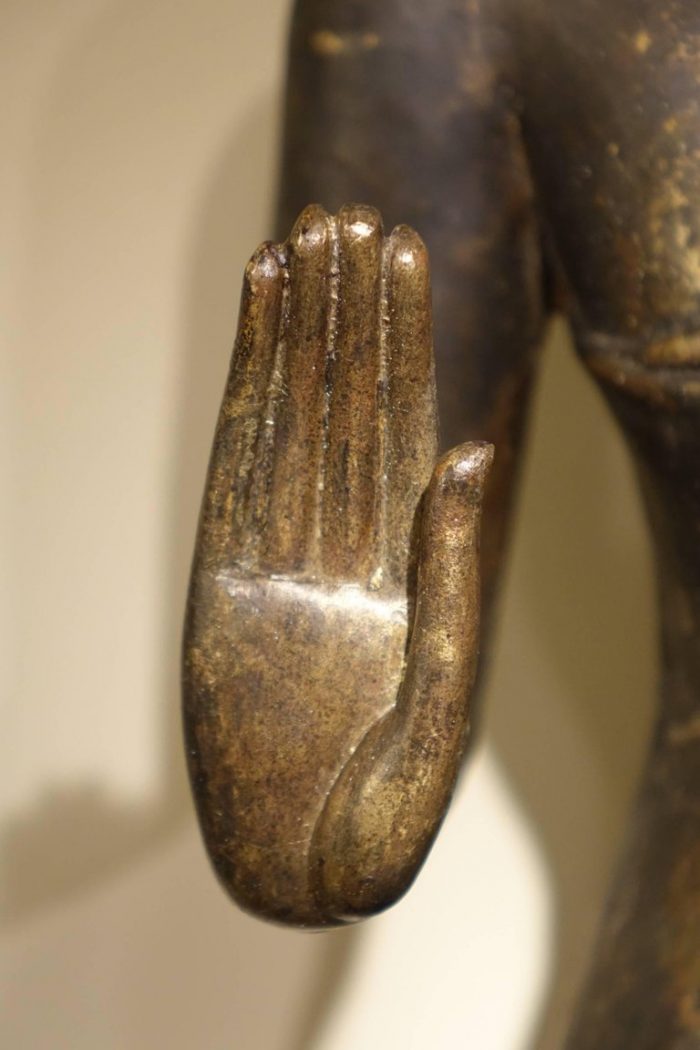
The Meaning And Significance Of Buddha Hand Gestures For Your Home
The Buddha's hand citrus is a unique fruit with a strange shape that resembles a hand. It's also known as the fingered citron. In Japanese it is called bushukan (ブッシュカン). The different cultivars and variations of this citron variety form a gradient from "open-hand" types with outward-splayed segments to "closed-hand" types, in which the fingers […]

Buddha hand stock image. Image of buddhism, symbol, faith 29181313
[1] Description Citrus medica var. sarcodactylis [2] is, like any other citron variety, a shrub or small tree with long, irregular branches covered in thorns. Its large, oblong leaves are pale green and grow about four to six inches.
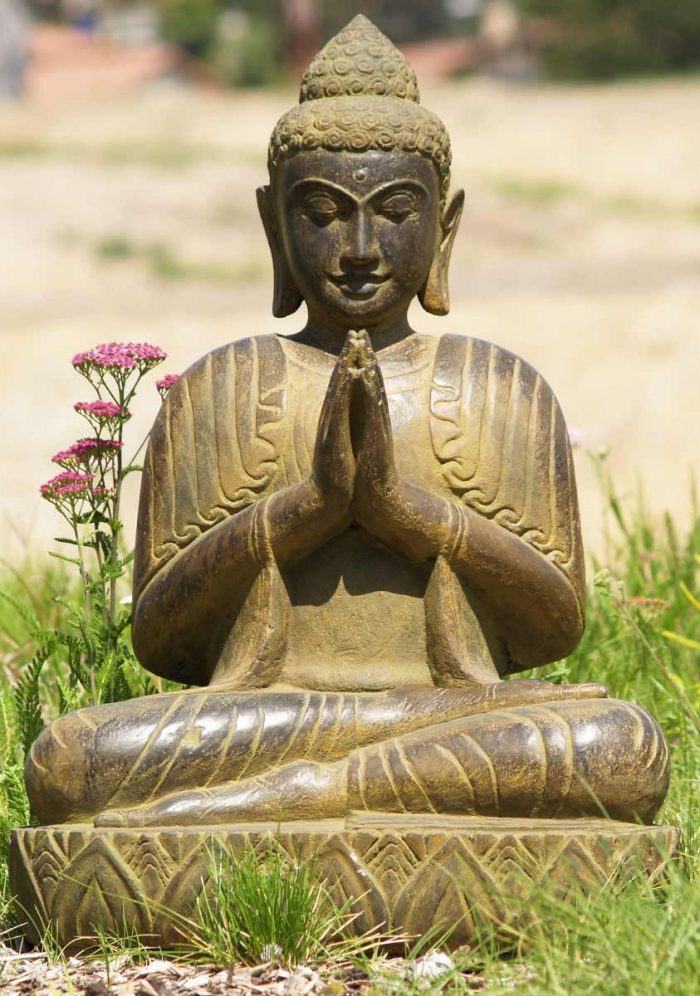
The Meaning And Significance Of Buddha Hand Gestures For Your Home
It is called Buddha's hand in many languages including English, Chinese, Japanese, Korean, Vietnamese, and French. Citrus medica var. sarcodactylis, or the fingered citron, is an unusually-shaped citron variety whose fruit is segmented into finger-like sections, resembling those seen on representations of the Buddha.

buddha hands Buddhism, Buddha, Zen buddhism
Buddhism is one of the two main religions in Japan. Here will explain how it got introduced in Japan and its influence on the daily lives of people in Japan. blog.japanwondertravel.com 2021.06.04 Table of contents 1. Nara Daibutsu 2. Ushiku Daibutsu 3. Kamakura Daibutsu 4. Takaoka Daibutsu 5. Fukuoka Buddha 6. Nihonji Daibutsu 7. Showa Daibutsu 8.

Hands Detail of Great Buddha Nihonji Daibutsu. Chiba, Japan Editorial
Mudra: Understanding the Buddha's Hands By Meher McArthur Buddhistdoor Global | 2015-01-23 | Detail of the Buddha Amitabha with hands in the meditation gesture, Kotoku-in, Kamakura, Japan. 13th century, bronze. Photograph by Meher McArthur.

The Great Buddha S Hands in Japan by Making Circles W Stock Photo
The bronzed Great Buddha of Kamakura or Kamakura Daibutsu dates back to the 13th century and is the second tallest bronze Buddha in Japan. The statue is an iconic sight and one of the most visited tourist attractions in the Kanto area. Don't Miss The Buddha's 1.8 meter long straw sandals Kangetsudo Hall, which originated in 15th-century Seoul
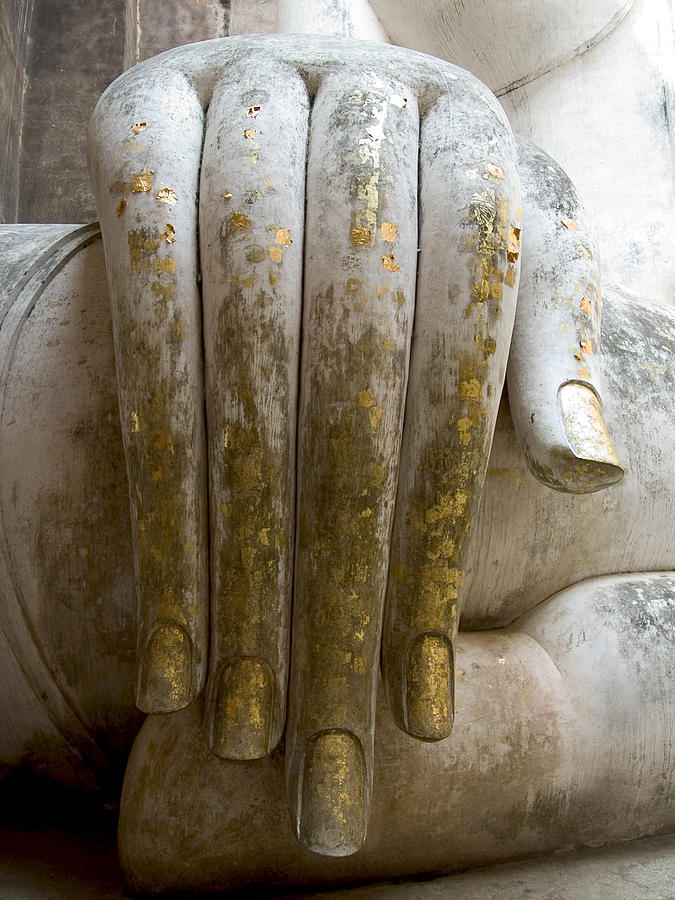
Buddha Hand Photograph by Zina Zinchik
Mudra - Hand positions of Japanese Buddhist Deities; Japanese Buddhism MUDRA HAND GESTURES WITH RELIGIOUS MEANING Origin = India, Sanskrit = Mudrā Chn = Yìn Xiàng 印相, Krn = Insang 인상 Jp = Insō, Inzō 印相, lit. "seal" or "sign" Also known as Kakunin-in 確認印 in Japan Teaching Mudra (aka Tenbōrin-in) Photo from Miho Museum
:max_bytes(150000):strip_icc()/buddha-hand-gestures-1275278-FINAL-5baa760ac9e77c005032438b.png)
Buddhist Mudras (Hand Gestures) and Their Meanings
The Buddha Amitabha with hands in the meditation gesture, Kotoku-in, Kamakura, Japan. 13th century, bronze. Photograph by Meher McArthur. In the Northern traditions of Buddhism, comprising the Mahayana schools of East Asia and the Vajrayana tradition of the Himalayas and Japan, devotees believe in more than just one Buddha.
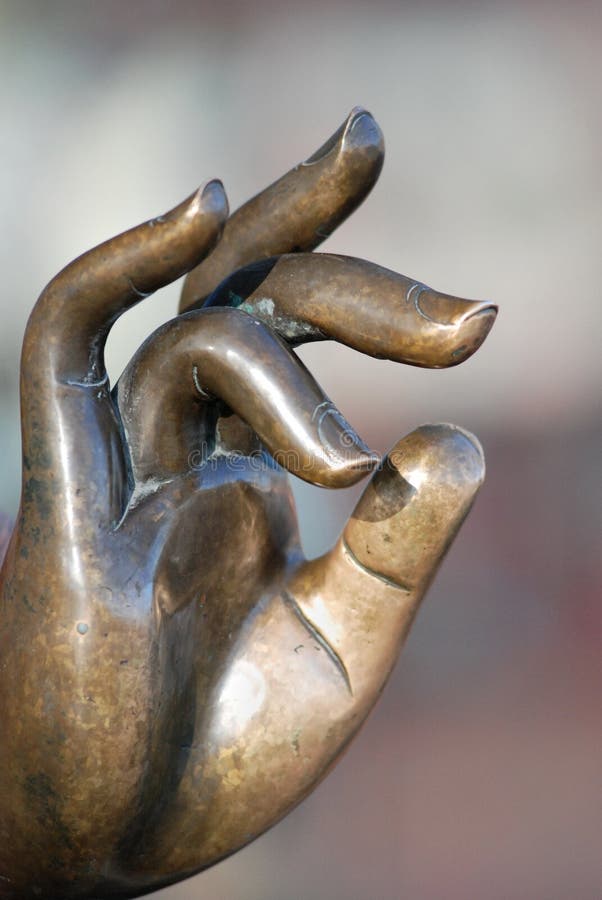
Buddha Hand Stock Photo Image 8521830
Hand of a Buddha Japan Heian period (794-1185) Not on view One of the most common mudras in Japanese Buddhist sculpture—an open hand with an inflected index or third finger touching the thumb—symbolizes peace and the exposition of Buddhist teaching.
Hand of a Buddha Japan Heian period (7941185) The Metropolitan
Buddha's hand is a citrus fruit, originating from Asia, either India or China. Its scientific name is Citrus medica var. sarcodactylis, also referred to as Fo Shou in some parts of Asia. Buddha's hand is one of the most unique fruits that exist on our planet.

Buddha Hand. Buddhist, Gesture. Stock Image Image of contact, asian
Buddha's hand smells like lavender, tastes like lemon rind, and looks like a giant mutant hand.. Japanese people also attribute positive energy to the long-fingered fruit, giving it as a New.
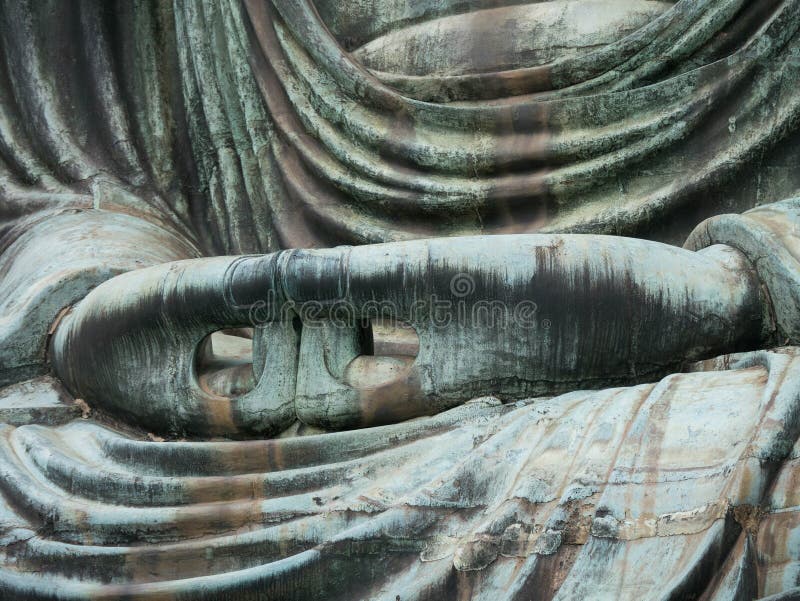
The Hand of Great Buddha (Daibutsu) Close Up Shot, Kamakura, Stock
There are more than 75,000 Buddhist temples in Japan, each of which has multiple Buddha statues. Also, the countless Buddha statues stand to protect travelers on the roadside. But looking closely, you will find that they are different buddha. Also, they hold various poses.
/GettyImages-1152791486-d9431d4426944678aeb20c8f2394ab28.jpg)
Buddhist Mudras (Hand Gestures) and Their Meanings
In Japan, Buddha's hand is a popular New Year's gift as a token of good fortune. How to Use Buddha's Hand Like other varieties of citron, Buddha's hand is used mainly for its zest and peel. In fact, most varieties of fingered citron don't have any fruit or pulp to eat either within the peel-covered fingers or inside the base of the fruit.